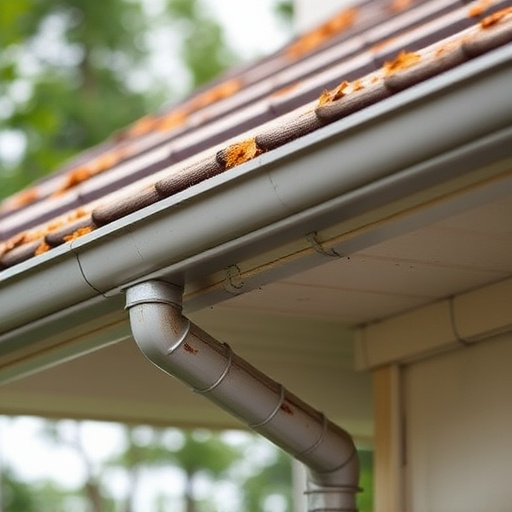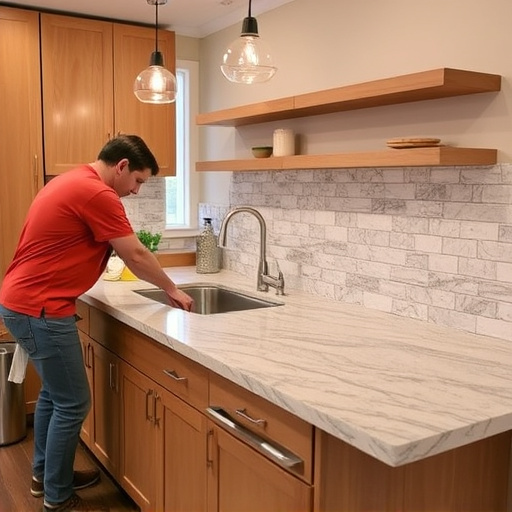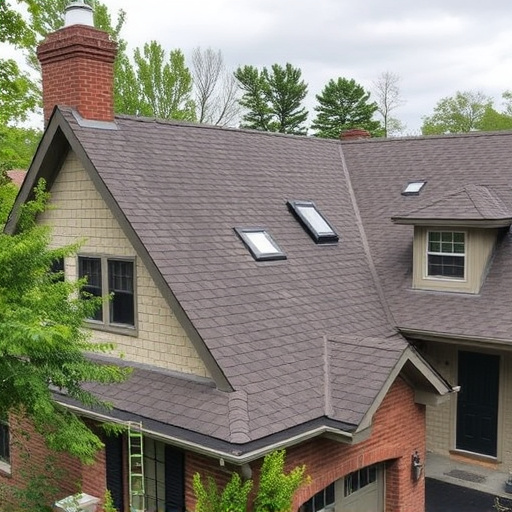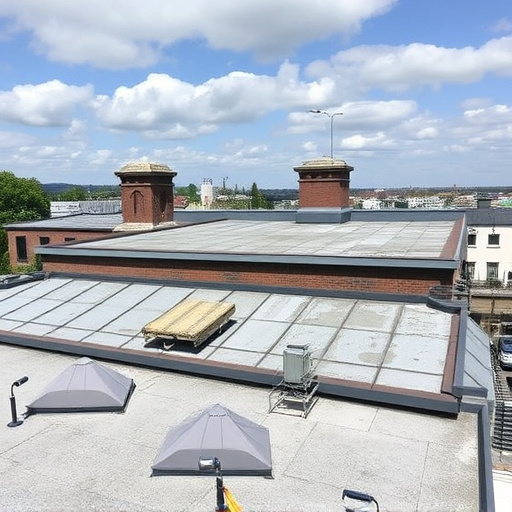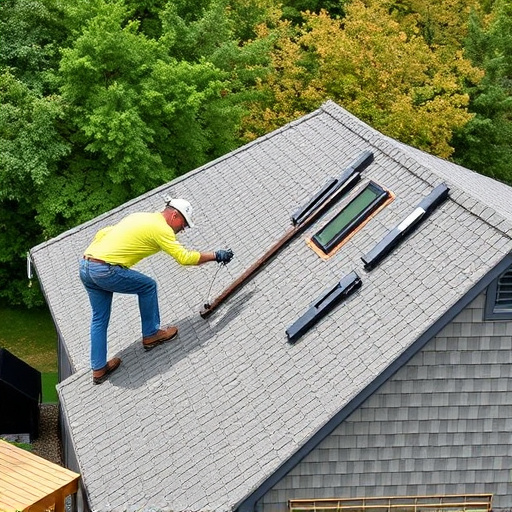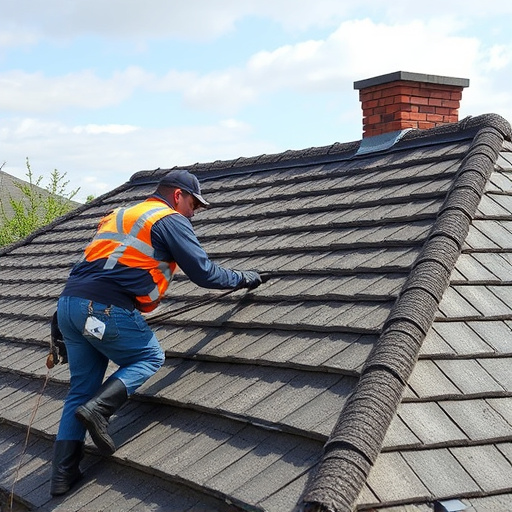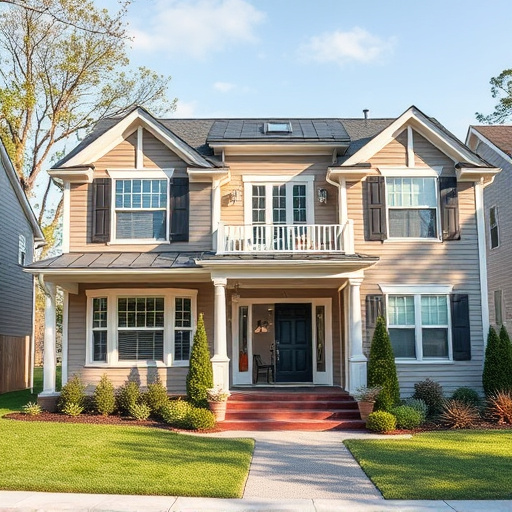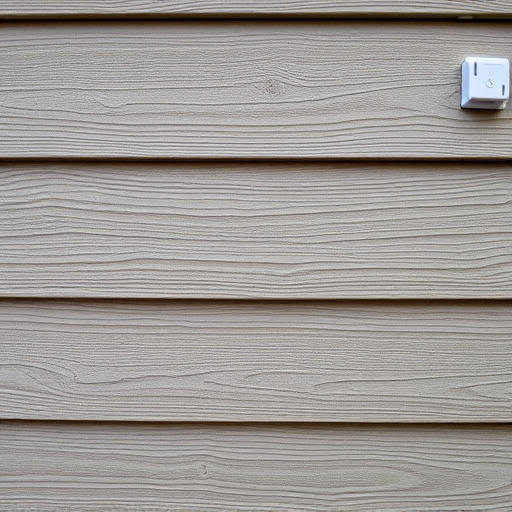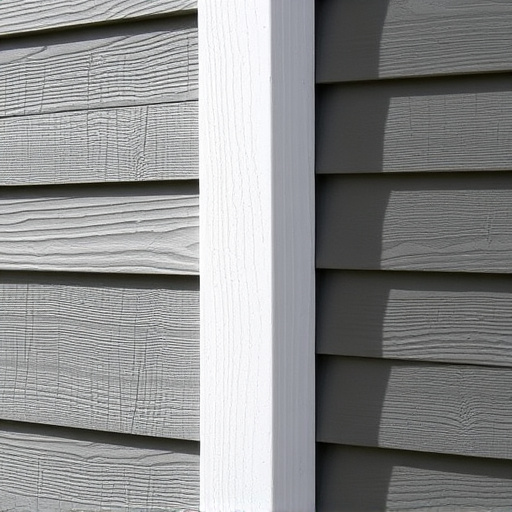Regularly inspect your home's exterior for visible damage, such as chips, peeling, or gaps in siding panels, focusing on areas around windows, doors, and corners. Consider weather conditions that may have impacted your siding and gutters, as storm damage may be necessary. Check for water damage or mold growth indicating potential structural concerns requiring professional attention. Promptly address siding damage, from cracks to bulging surfaces, through DIY repairs or professional residential roofing services to maintain structural integrity and curb appeal. Differentiate between superficial issues and structural problems, taking swift action on both for optimal exterior home health.
“Unwanted cracks and damage in your home’s siding can be both aesthetically displeasing and a potential structural concern. This comprehensive guide delves into the world of siding repair, offering practical solutions for various issues. From identifying common types of damage and understanding the distinction between superficial and structural problems to exploring quick fixes and long-term strategies, this article equips homeowners with knowledge. Discover how to effectively assess, address, and rectify visible cracks, ensuring your home’s exterior maintains its appeal and integrity.”
- Assessing Visible Damage and Cracks
- – Identifying common types of siding damage
- – Distinguishing between superficial and structural issues
Assessing Visible Damage and Cracks
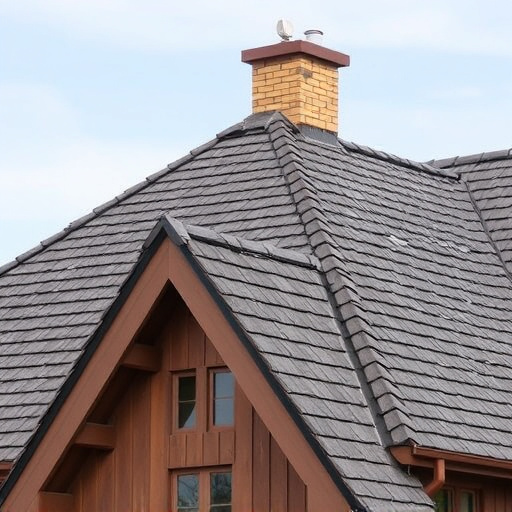
When it comes to assessing visible damage or cracks on your siding, the first step is to inspect the entire exterior of your home. Look for any signs of wear and tear, including chips, peeling, or gaps in the siding panels. These issues could indicate weak points that might lead to further deterioration if left unaddressed. Pay close attention to areas around windows, doors, and corners, as these are common spots where cracks often start.
In addition to visual inspection, consider the impact of weather conditions, especially if your home is prone to storms or extreme temperatures. Storm damage repair might be necessary if high winds or heavy rainfall have left their mark on your siding and gutters. For residential roofing, regular maintenance can help prevent small issues from becoming major problems. Keep an eye out for any signs of water damage or mold growth, as these could point to larger structural concerns that require professional attention.
– Identifying common types of siding damage
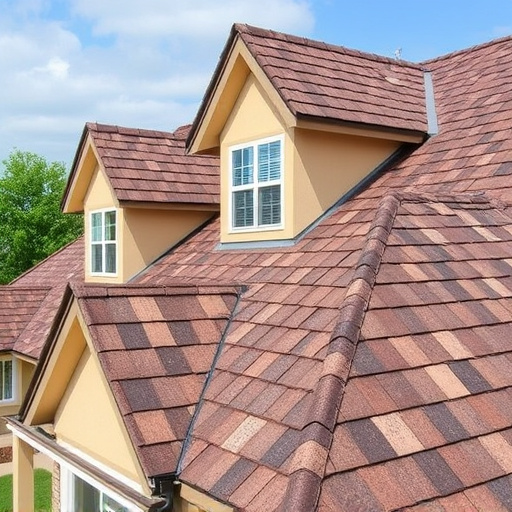
Siding damage can take many forms, but some are more common than others. When examining your home’s exterior, look out for cracks in the siding panels, which can be caused by shifting foundations, extreme weather conditions, or aging. These cracks not only mar the aesthetic appeal of your home but also provide entry points for moisture and pests. Another frequent issue is bulging or warped siding, often resulting from water damage or poor installation. Water stains, peeling paint, and loose panels are also telltale signs that require immediate attention from residential roofing and home exterior services professionals.
Regular inspection is key to early detection of these problems, enabling prompt siding repairs. Homeowners should be vigilant about checking their siding for any anomalies, especially in areas prone to water accumulation or extreme temperature changes. Once identified, the next step is to assess the extent of the damage and determine whether a DIY fix or professional residential roofing services are required. Prompt action not only preserves the structural integrity of your home but also ensures your exterior remains attractive and weather-resistant.
– Distinguishing between superficial and structural issues
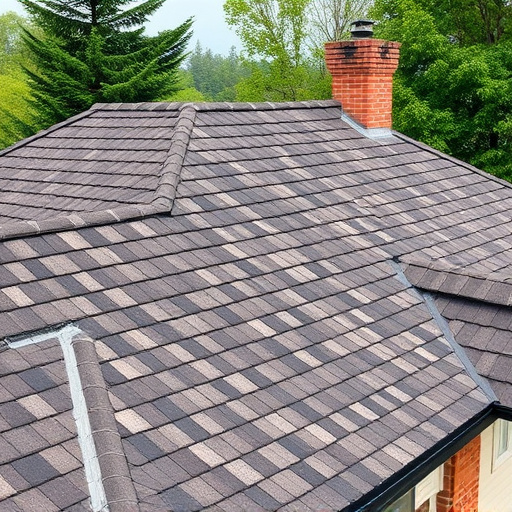
When assessing exterior siding for repair, it’s crucial to distinguish between superficial and structural issues. Superficial damage, such as cracks or chips in the siding material, often points to cosmetic concerns that can typically be addressed with a simple siding repair kit. These DIY solutions are ideal for fixing visible damage before it becomes an eyesore. On the other hand, structural issues indicate more severe problems like rot, warping, or loose connections. While some minor structural repairs can be tackled by homeowners, significant roof or storm damage repair often requires professional siding services to ensure longevity and stability of your home’s exterior.
Understanding the difference is key when planning a siding repair project. Superficial fixes are straightforward and cost-effective, while addressing structural concerns may demand expert intervention, especially after storms or other extreme weather events. Prompt action on both types of issues is essential for maintaining the curb appeal and overall integrity of your home’s exterior, be it with DIY methods or professional roof repair services.
When it comes to quick siding repair, addressing visible damage or cracks promptly is key. By identifying and differentiating between superficial and structural issues, you can effectively maintain your home’s exterior and prevent further deterioration. Remember, timely action on siding repair can save you from more costly renovations later on. So, whether you choose to handle the fix yourself or call in professionals, taking care of these issues will ensure your home looks as good as new while enhancing its structural integrity.




